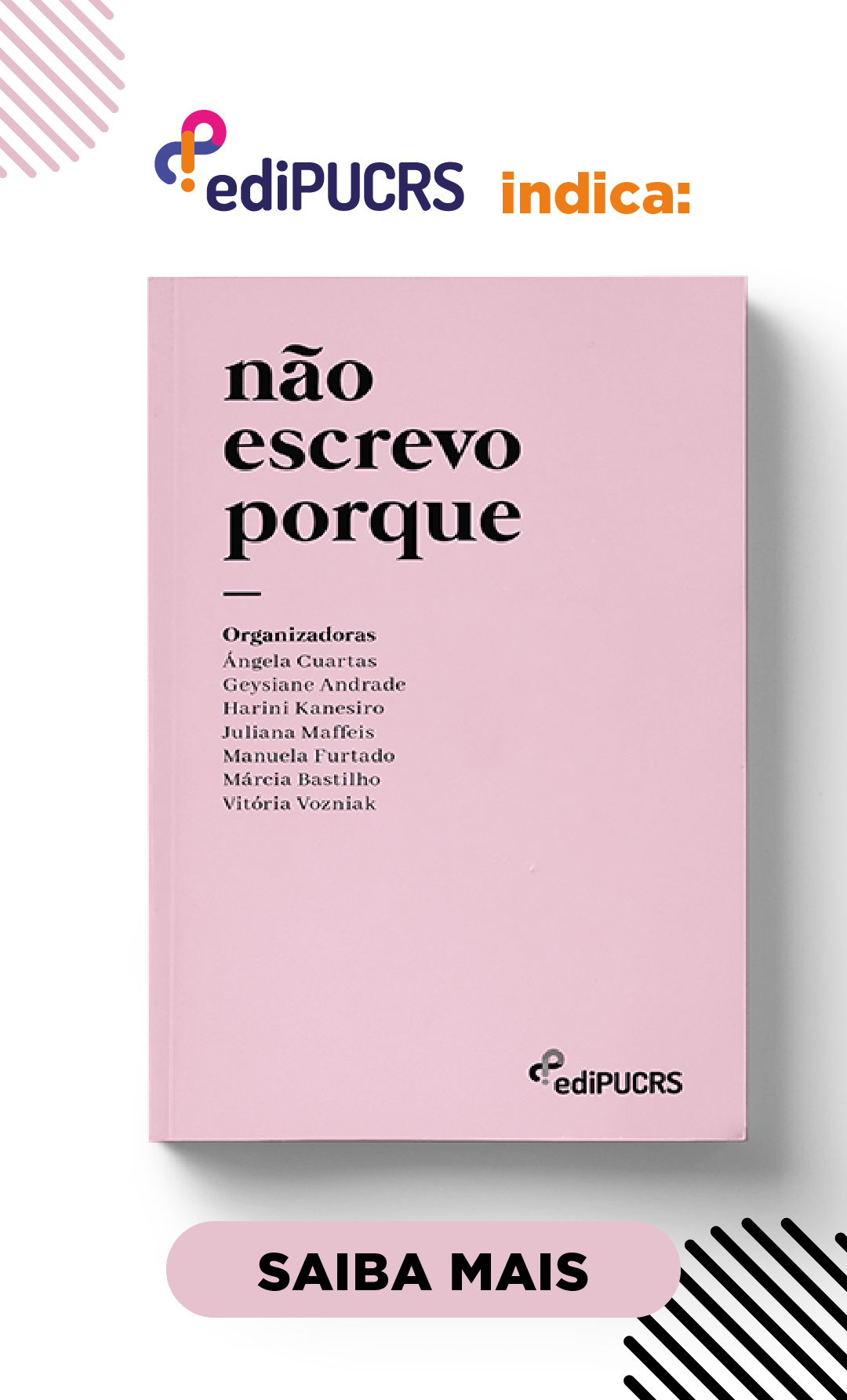In the post-TV era: transmedia and fandom in Sherlock, by Moffat and Gatiss
DOI:
https://doi.org/10.15448/1984-7726.2020.1.33789Palavras-chave:
television, TV series, Sherlock, transmedia, after-TV.Resumo
Serial narratives such as TV series have their own language, genres and narrative tools, according to their media specificities. It is observed that the television of today is going through a process of rapid cultural and technological transformations. Such advances have led to profound changes in the formats of the series, as well as in their modes of production and consumption. As for the production aspects, for example, we observe the creation of new narrative models in which the technological resources are shaped as extensions of the television product, creating a multiplatform or transmedial narrative experience. In this paper we will examine the case of the television series Sherlock by Steven Moffat and Mark Gatiss, broadcasted by BBC, as an example of a program designed for a transmedia television, one that encouraged the emergence of an engaged audience willing to follow the series beyond the TV screen across other media platforms.
***Na era da pós-TV: transmídia e fandom em Sherlock, de Moffat e Gatiss***
Narrativas seriais como as séries de televisão possuem linguagem, gêneros e ferramentas narrativas próprias, conforme suas especificidades midiáticas. Observa-se que a televisão de hoje passa por um processo de rápidas transformações culturais e tecnológicas. Tais avanços têm levado a profundas modificações nos formatos, modos de produção e consumo das séries. Em relação aos aspectos de produção, por exemplo, observa-se a criação de novos modelos narrativos nos quais os recursos tecnológicos se configuram como uma extensão do produto televisivo, criando uma experiência narrativa multiplataforma ou transmidiática. Neste trabalho analisaremos o caso da série televisiva Sherlock, de Steven Moffat e Mark Gatiss exibida pela BBC, como um exemplo de programa elaborado para uma televisão transmidiática que estimulou o surgimento de um público engajado, disposto a seguir a série para além da tela de TV.
Palavras-chave: televisão; série de TV; Sherlock; transmídia; pós-TV.
Downloads
Referências
ANDREJEVIC, Mark. “Watching Television Without Pity: The Productivity of Online Fans”. Television New Media. v. 9, n. 1, p. 24-46, 2008.
BOURDAA, Mélanie. “Les nouvelles pratiques de production et de réception télévisuelles”. InaGlobal, 2011. Available at: http://www.inaglobal.fr/television/article/les-nouvelles-pratiques-de-production-et-dereception-televisuelles (last accessed 2 Nov. 2015).
DENA, Christy. Transmedia Practice: Theorising the Practice of Expressing a Fictional World across Distinct Media and Environments. Dissertation (Doctorate in Digital Culture). School of Letters, Art and Media, University of Sydney, Sydney, 2009.
EVANS, Elizabeth. Transmedia Television: Audiences, New Media and Daily Life. New York / London: Routledge, 2011.
GRUSIN, Richard; BOLTER, Jay David. Remediation: Understanding New Media. Boston: The MIT Press, 1999.
MALONEY, Devon. “Sherlock Isn’t the Fan-Friendly Show You Think It Is”. Wired, 2014. Available at: http://www.wired.com/underwire/2014/01/sherlock-fandom/ (last accessed 30 Nov. 2015).
MURRAY, Janet. Hamlet on the Holodeck: The Future of Narrative in Cyberspace. New York: The Free Press, 1997.
RAFFERTY, Terrence. “New Twists for the TV Plot, as Viewer Habits Change”. The New York Times, 2015. Available at: http://nyti.ms/1iTKjYz (last accessed 2 Nov. 2015).
VOIGTS, Eckart. “Literature and Television (after TV)”. In: RIPPL, Gabriele (Ed.). Handbook of Intermediality: Literature - Image - Sound - Music. Berlin/Boston: De Gruyter, 2015. p. 306-324.
Downloads
Publicado
Como Citar
Edição
Seção
Licença
Copyright (c) 2020 Letras de Hoje

Este trabalho está licenciado sob uma licença Creative Commons Attribution 4.0 International License.





